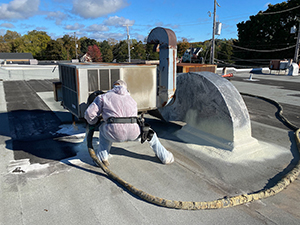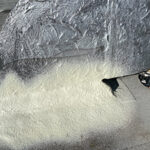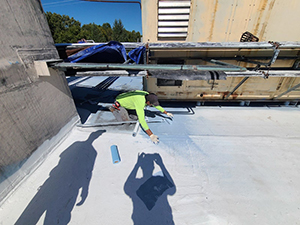
Choosing a foam roof is the newest way to create a roof for your commercial building. It has many benefits to it and has a few disadvantages. These, however, can be covered easily. If your building is in Marshfield, WI or in the surrounding area, then we at Golden Eagle Roofing are able to cover the needs of your new roof. Call us today on (608) 633-6719.
Why is Foam Roof Used
The beauty of foam is that it can be formed into any shape that is needed for your building. It is made to solidify once it has time to cure. As it is curing our roofers will smooth it to ensure it is evenly distributed over your entire building. This allows it to look appropriate and ensures there are not any areas that are thinner than other areas. Foam is excellent at the reduction of sound waves. This means that what you hear is only inside your building. It also reduces the leaking of air meaning your HVAC will not have to work as hard to keep your building comfortable. This reduces your cooling costs and increases the life span of that unit. This means your profit margin just increased.
The Challenges this Roofing System Faces & How We Address Them

This roofing system does have a few issues. One of which is it can get punctured fairly easily and that can cause serious problems. The best way to address this is to have a roof coating added to your building. This will actually cover several different issues that can come up. Issues such as leaks, repairs, and restoration. These roofing systems are a wonderful way to reduce the stress a traditional roofing system puts on the structure of a building. Since they are lightweight, they cause a significant drop in the pressure a building’s structure is under. This reduction translates into fewer problems for the foundation and less risk of your building collapsing due to the weight.
Contact Us Today
If you have a commercial building in the Marshfield, WI area and are looking for a unique way to have a roof, you should investigate having a foam roof. All commercial roofing companies do not do Foam roofing. If you want a foam roof or have a foam roof that needs servicing contact us at Golden Eagle Roofing to handle your roofing needs today. Our office number is (608) 633-6719.

